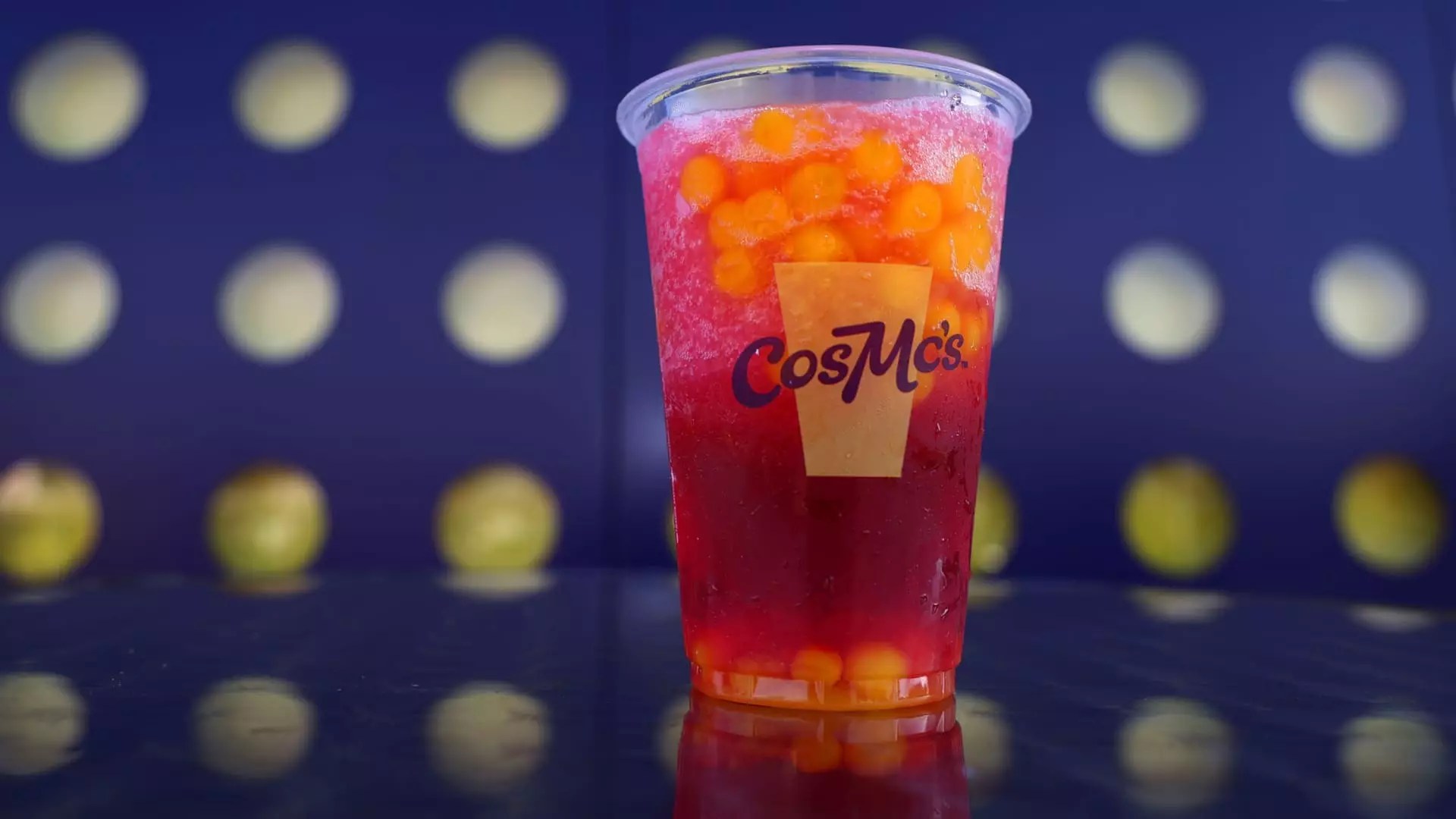Fast-food chains are diving headfirst into the realm of unique beverage offerings, and let me tell you, the results are nothing short of fascinating. In an industry known for its predictability, chains like Chick-fil-A and Taco Bell are sparking creativity by tantalizing the taste buds of a younger audience—especially Gen Z—with colorful, exotic drinks. This shift isn’t just a passing gimmick; it represents a profound shift in consumer preferences, particularly among the youth, who are drawn to visually appealing and flavor-packed options. But is this a superficial bandwagon or a meaningful response to changing habits?
Chasing Trends or Capturing Authenticity?
On the one hand, fast-food chains are clearly marketing their products to align with a demographic that’s known for its adventurous palate. Chains are aggressively promoting specialty drinks with eye-catching names and vibrant colors, from Chick-fil-A’s seasonal Pineapple Dragonfruit to Taco Bell’s ambitious Live Mas Café offerings. However, one can’t help but feel that this innovation may be less about genuine creativity and more about catching the trendy tailwind that social media offers. While it seems as if these companies are securing a solid foothold in drink sales, are they merely dancing at the periphery of authenticity?
With the relentless rise of drink-focused businesses, such as Gong Cha and 7 Brew, it feels as if the industry is locked in a race to keep up with ever-evolving tastes. But there’s a fine line between innovation and imitation. Are these chains authentically exploring new frontiers or merely scraping the surface of what could have been a more genuine exploration of flavors?
Exotic Exploration: Risk vs. Reward
Adventurous Gen Z consumers are increasingly open to exotic flavors—like ube and yuzu—as they defy traditional categorizations of taste. It’s fascinating to see a company like Wendy’s venture beyond its beefy comfort zone to embrace tempting options like blueberry pomegranate lemonade. Yet as I ponder this trend, I can’t help but wonder: are these choices financially motivated rather than genuine explorations of culinary diversity?
The allure of high-profit margins from sugary drinks often leads fast-food chains to prioritize profit over quality. With younger consumers aware of the sugar overload in these trendy beverages, the real question is whether chains are willing to offer a healthier balance or are simply riding the wave of indulgence. Are lunch breaks now an exercise in self-sabotage disguised as flavor exploration?
Engaging Consumers or Selling Out?
The growing popularity of beverages at fast-food establishments feels like a double-edged sword. On one hand, they provide a chance for innovation that engages the increasingly adventurous consumer; on the other hand, they can feel like companies are selling out. The introduction of extravagant drink options like Taco Bell’s Cream-filled “Dirty Baja” and Starbucks’ coffee-flavored concoctions may Instagram well, but do they truly add value to the dining experience?
Taco Bell’s projection of developing a $5 billion beverage business by 2030 is ambitious, but one could argue it might be overly optimistic. Are they capturing the hearts and taste buds of their audience, or merely capitalizing on a fleeting trend? With a staggering number of new drink items flooding menus, where do we draw the line between legitimate innovation and gimmicky fluff?
Consumer Behavior: ‘Little Treat’ Mentality
As Claire Conaghan from Datassential indicates, consumers—especially Gen Z—have embraced the so-called “little treat” culture. But is indulging in these sugary beverages an act of self-care or a dangerous trend that could encourage poor dietary habits? The idea that younger consumers are comfortable splurging on sugar-laden drinks simply because they fit their “little treat” mindset is concerning. It makes one question how this aligns with broader wellness conversations taking place in society today.
While the immediate gratification from these colorful drinks might feel good, they mask a troubling reality in our diet-conscious culture. The temptation to indulge overrides the growing awareness of nutritional health, making it crucial for fast-food chains to consider their impact on consumer well-being rather than merely focusing on profits.
Future Growth: Evolving Beyond Soda
In a world where traditional sodas are losing their luster, fast-food chains seem determined to redefine what beverages can be. El Pollo Loco acknowledges that their future growth will derive not from the classic soda fountain but from innovative drinks like Horchata coffee and Aguas Frescas. As they explore this uncharted territory, one can only hope they prioritize quality and authenticity, rather than merely jumping on the trendy bandwagon.
While innovative drinks may lead the charge toward increased profits, chains must recognize the gravity of their responsibilities. Raising the bar for beverage quality and creativity could safeguard the health of consumers while maintaining their bottom lines. At the end of the day, it’s not just about making a sale—it’s about fostering a relationship of trust between brands and consumers.
It’s a game worth watching, as the balance between capitalistic gains and meaningful innovation continues to shift in the fast-food landscape. With millennials transitioning into a new consumer base and Gen Z asserting its individuality, the stakes have never been higher for these fast-food giants battling for the future of beverage innovation.


Leave a Reply